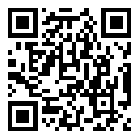Product List
문의하기
이메일:qiao@hvtest.cc
모바일: +8615871365102
앱은 무엇입니까: +8615871365102
-
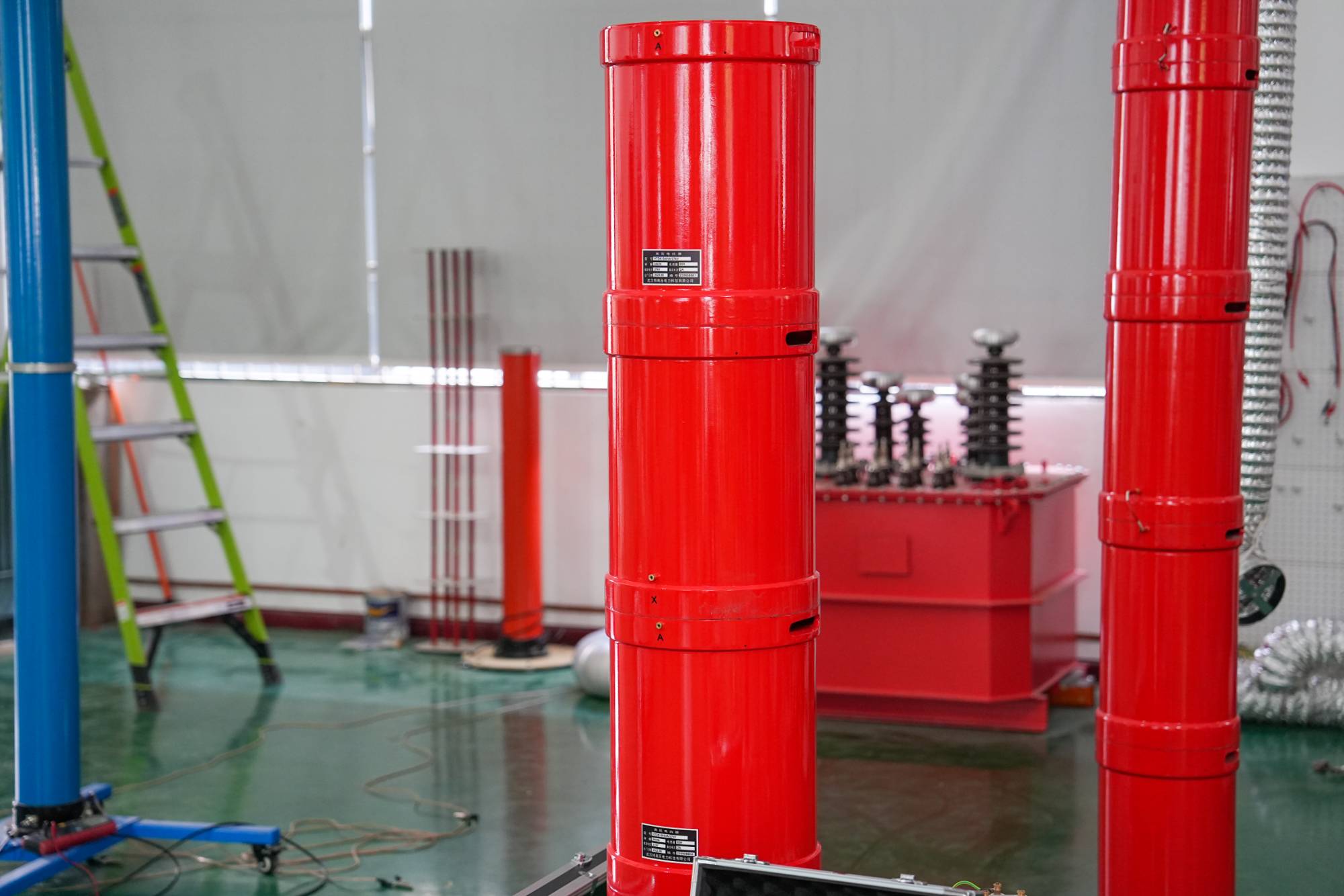
How Does the Variable Frequency Series Resonance Device Become the "Quiet Master" of the Power System?
2025-12-31The reliability of equipment insulation performance is crucial in the operation of power systems. But you know what? Some "electric tigers" emit annoying "roars" during operation - that is, partial discharge. It not only accelerates the insulation aging of equipment, but in severe cases may even lead to equipment damage, causing huge economic losses. Today, let's talk about how to use a black technology called "variable frequency series resonant device" to tame these "electric tigers" and make them obedient.What is a variable frequency series resonant device? Why is it so important?Simply put, a variable frequency series resonant device is a specialized equipment used for insulation withstand voltage testing of power equipment. Its core principle is to use a series resonant circuit to generate high test voltages at lower voltages and currents, thereby effectively and safely testing the insulation of large high-voltage electrical equipment such as generators, transformers, and cable
더 -
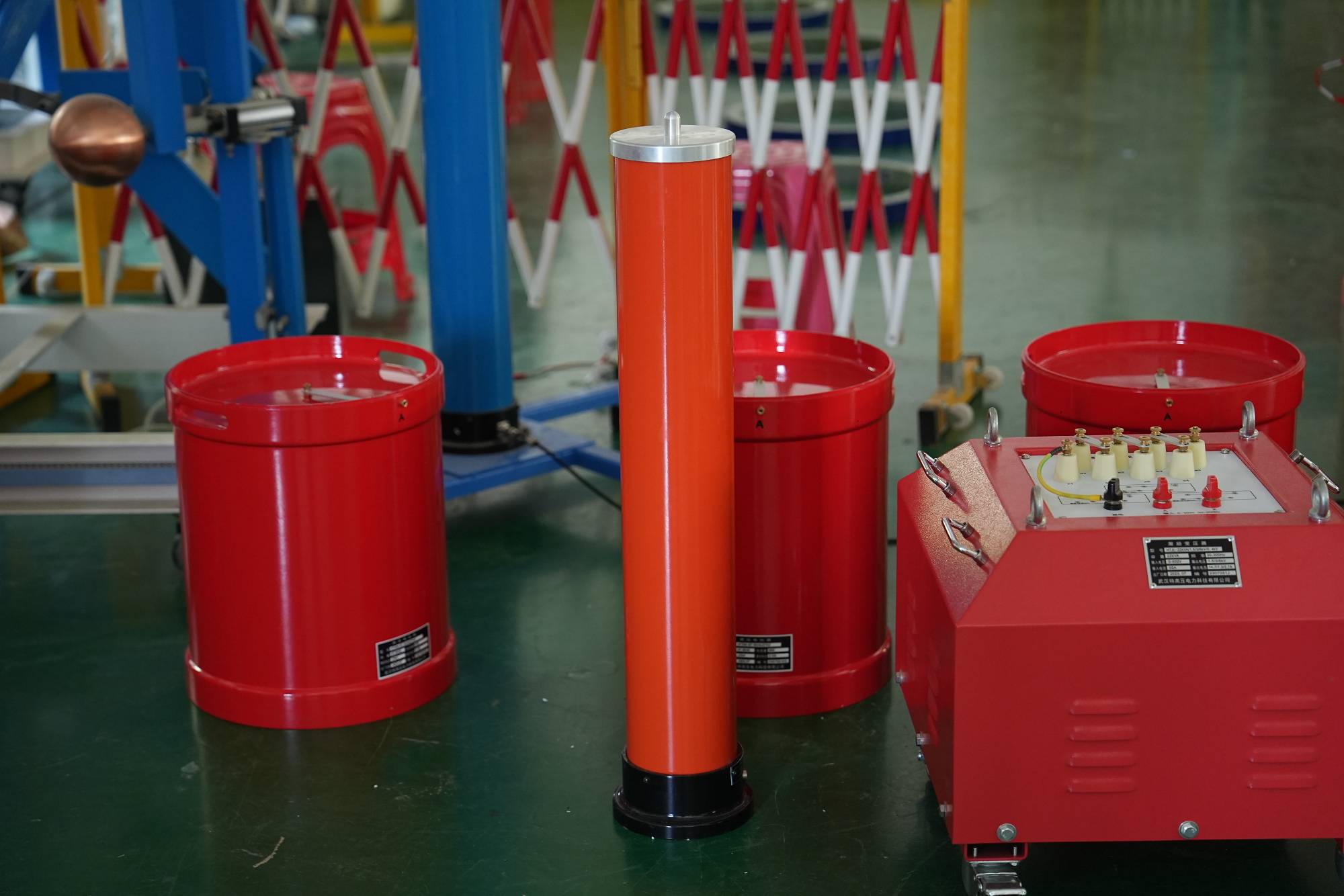
How to ensure the safety of power equipment with a complete set of variable frequency series resonance devices?
2025-12-31Have you ever thought about how to ensure that the "heart" of large and critical power equipment, such as generators, transformers, cables, etc., is strong enough and the lines are reliable before they are put into use? Today, let's talk about a crucial "behind the scenes hero" in the power industry - the complete set of variable frequency series resonance equipment. It is like a "health checkup specialist" for electrical equipment, providing us with professional testing to ensure our electrical safety.What is a complete set of variable frequency series resonance equipment?Simply put, the frequency conversion series resonance complete set device is a specialized equipment used for AC withstand voltage testing of high-voltage electrical equipment. It changes the frequency of the output power supply to generate a large resonant current in the inductance and capacitance components of the series resonant circuit, thereby obtaining a high test voltage on the test sample. Think about it,
더 -
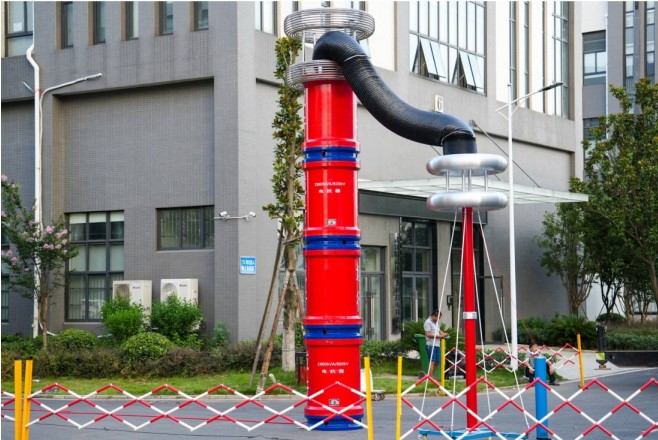
직렬 공진 테스트 장치의 신비로운 베일을 벗겨내세요
2025-12-30In the world of high-voltage electrical equipment, a "physical examination" before each operation is crucial. Among various detection methods, the series resonance test device plays an indispensable role. Have you ever been curious about this device that sounds a bit "hardcore"? What exactly is it? Why is it so important in high-voltage testing? Today, let's unveil its mysterious veil together and see how it helps us ensure the stable operation of the power system.What is a series resonance test device?Simply put, a series resonance test device is an AC test power supply that can generate high voltage and high current. Its core lies in utilizing inductance L and capacitance C to form a "resonance" phenomenon at a specific frequency, thereby easily obtaining the required test voltage without the need for bulky or large transformers. This device is particularly suitable for voltage withstand testing of large high-voltage electrical equipment such as cables, transformers, GIS (gas ins
더 -
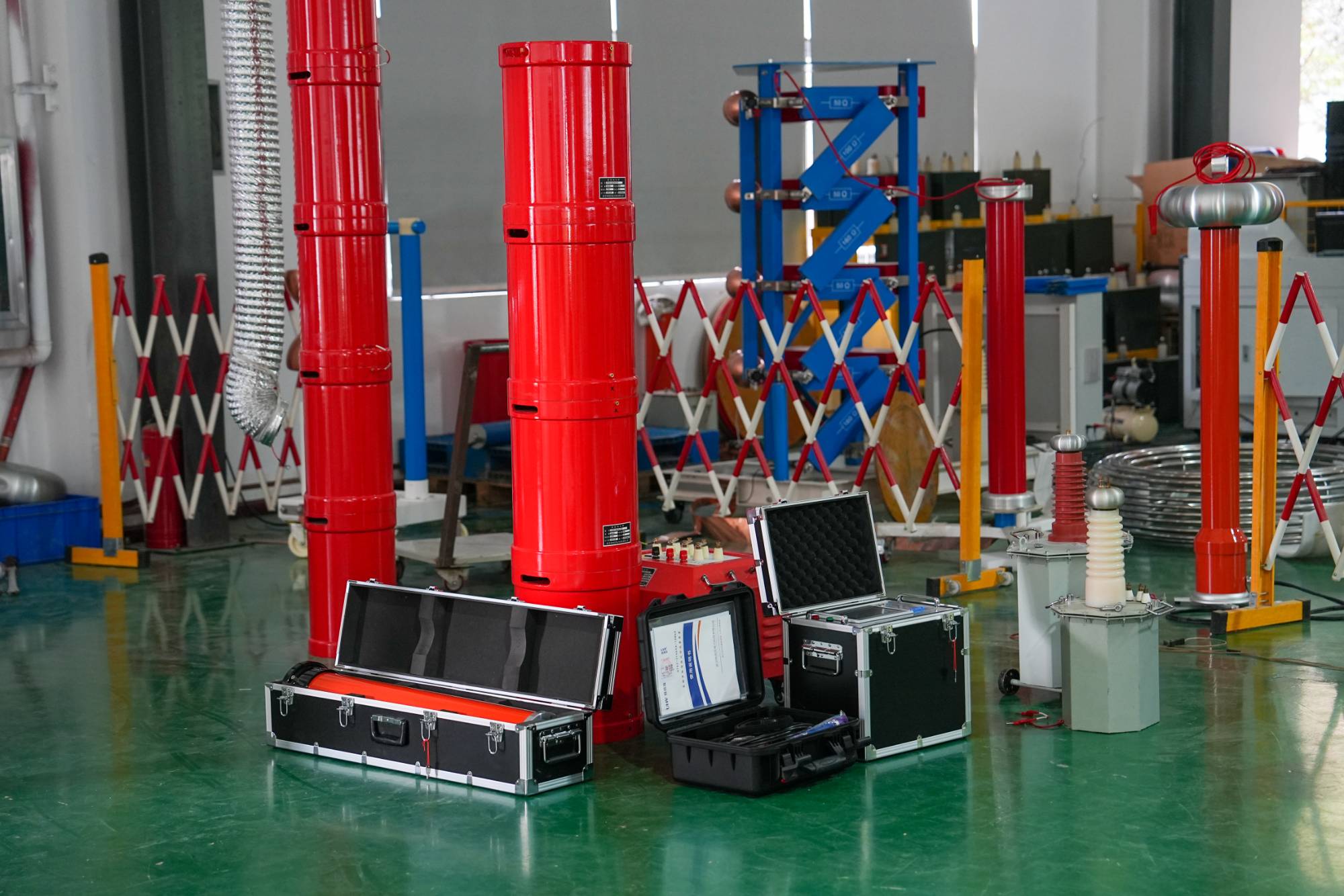
직렬 공진 장치의 비밀을 밝히다: 원리부터 응용까지
2025-12-30Have you ever thought about how to ensure the stable operation of equipment and avoid potential "high-voltage startles" in a massive power system? Among them, the series resonant device plays a crucial role. Today, let's unveil its mysterious veil together and see what it is and how it works.What is series resonance?Simply put, series resonance is a circuit phenomenon where when the reactance of inductance L and capacitance C in a circuit are equal, the circuit exhibits extremely low impedance, causing a sharp increase in current and voltage. In the power system, if this phenomenon occurs in inappropriate places, it may cause serious damage to equipment.Factors affecting series resonanceTo 'tame' this powerful resonant force, we need to understand its' temperament '. Several key factors can affect the occurrence and degree of series resonance:The values of inductance and capacitance are the most direct determining factors, as their values determine the frequency of
더 -
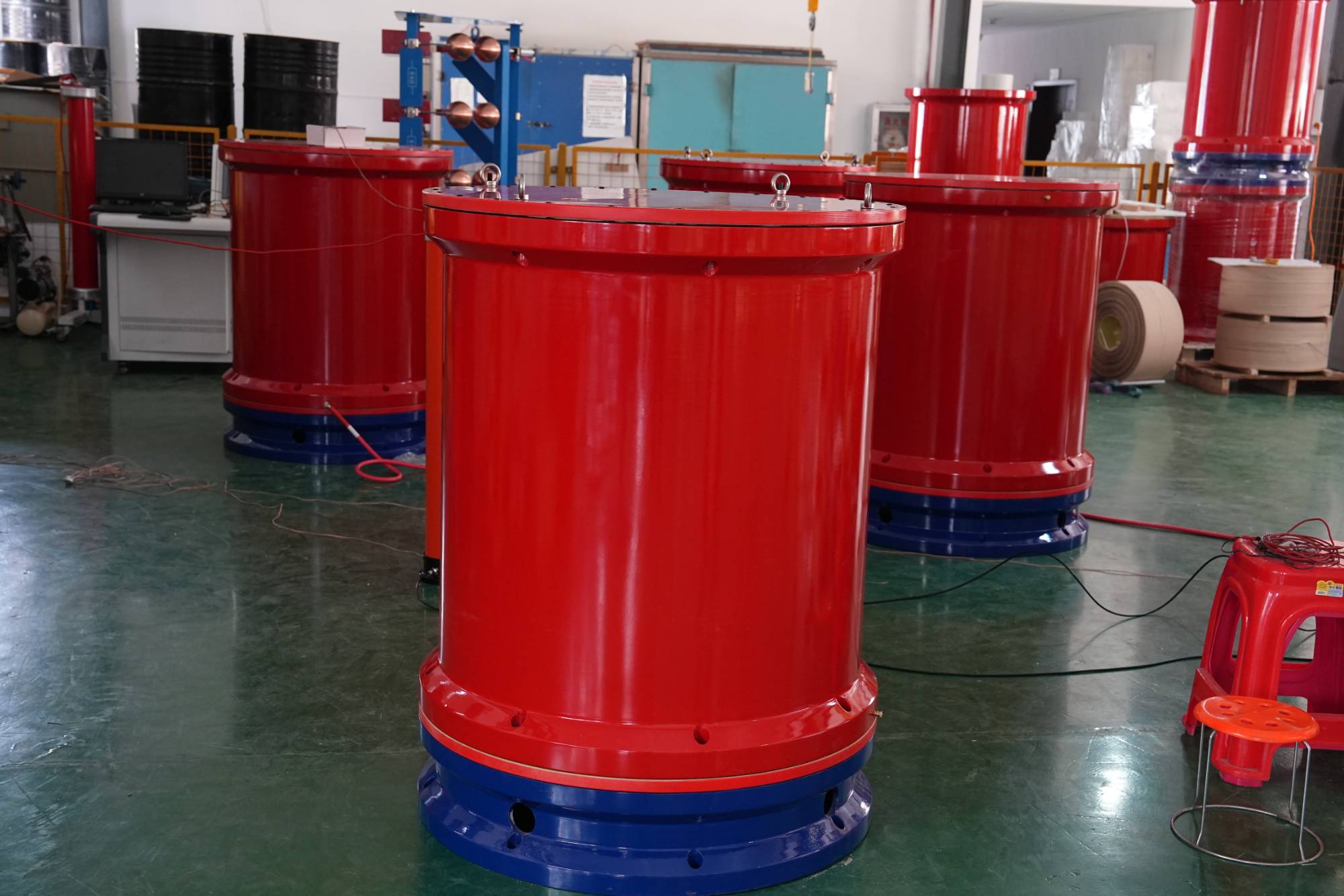
케이블 전압 저항 문제로 여전히 어려움을 겪고 계신가요? 직렬 공진 테스트를 통해 작업 효율을 두 배로 높여보세요!
2025-12-29Hi, colleagues in the power industry! Today, let's talk about a technical topic that everyone may have encountered or will definitely encounter in the future - the voltage resistance of series resonant cables. Does it sound a bit professional? Don't worry, I will try my best to explain it clearly to everyone in plain language, and I guarantee that after listening, you will feel, "Oh, so that's what happenedWhat is series resonance? Why is it closely connected to cable withstand voltage?Let's first give a brief science popularization. Series resonance, as the name suggests, is the process of connecting an inductor (such as a cable itself) and a capacitor (used to provide excitation inductance) in series, and then adding a power source. By adjusting the frequency of the power source, they reach a special "resonance" state. In this state, the voltage on the cable will be amplified many times, far exceeding the actual input voltage. This is simply too convenient for cable w
더 -
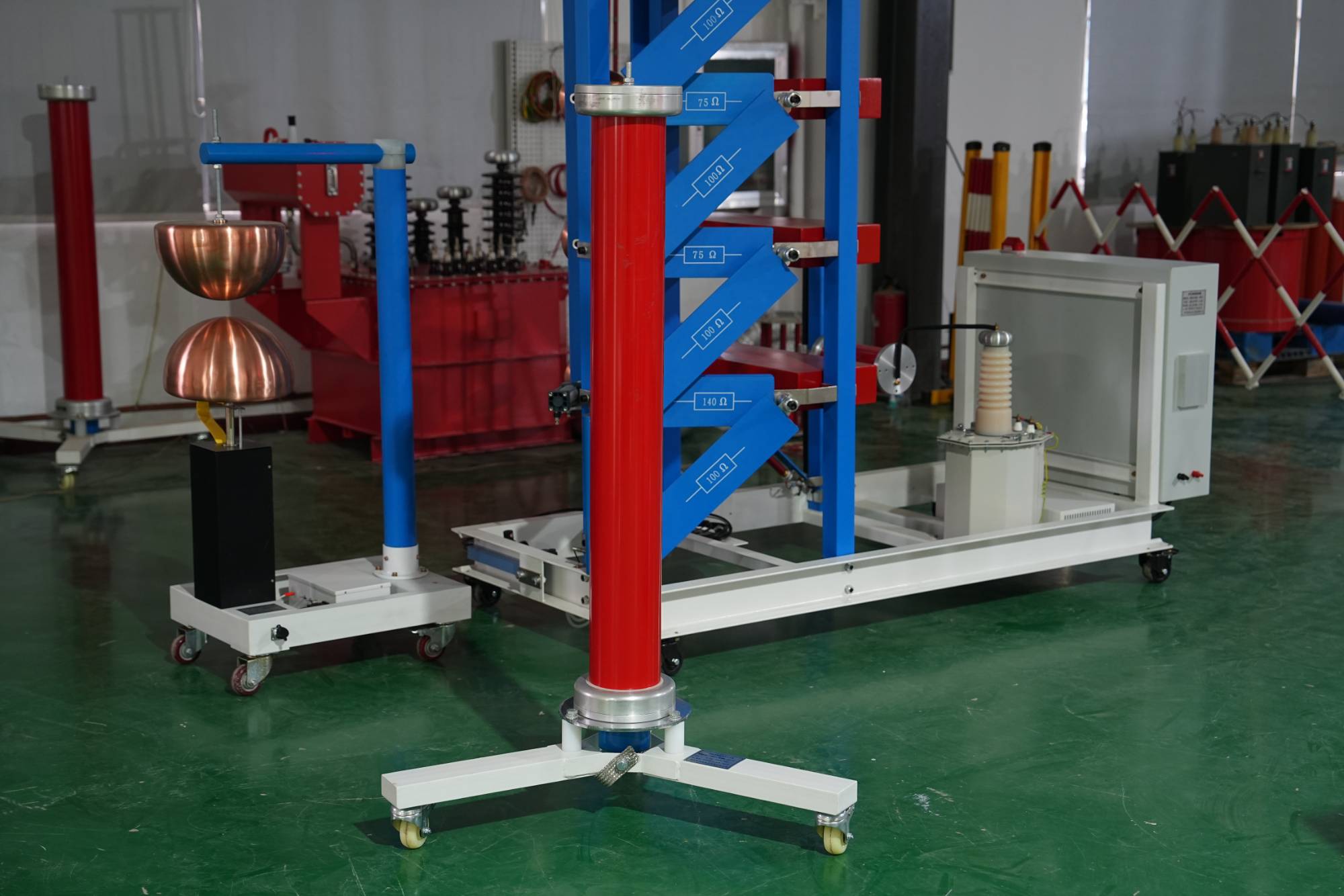
충격 고전압 발생기: 심층 분석 및 실용 가이드
2025-12-29Are you curious about how those massive power equipment can still operate stably under rigorous "stress testing"? Today, let's talk about a behind the scenes hero - the surge voltage generator. It is like a "health inspector" for electrical equipment, simulating various instantaneous high voltages to check the "health status" of the equipment and ensure the safety and reliability of the power grid.What is an impulse voltage generator?Simply put, a surge voltage generator is a device that can generate short-term, high amplitude voltage pulses. The rise speed of these pulse voltages is very fast and the duration is extremely short, which can simulate the instantaneous impact of lightning strikes or other transient overvoltages on power equipment. Imagine lightning striking a high-voltage tower in an instant, producing immense energy. The surge voltage generator is designed to recreate this' lightning like test '.What are the influencing factors?It is not an easy task to ensur
더 -
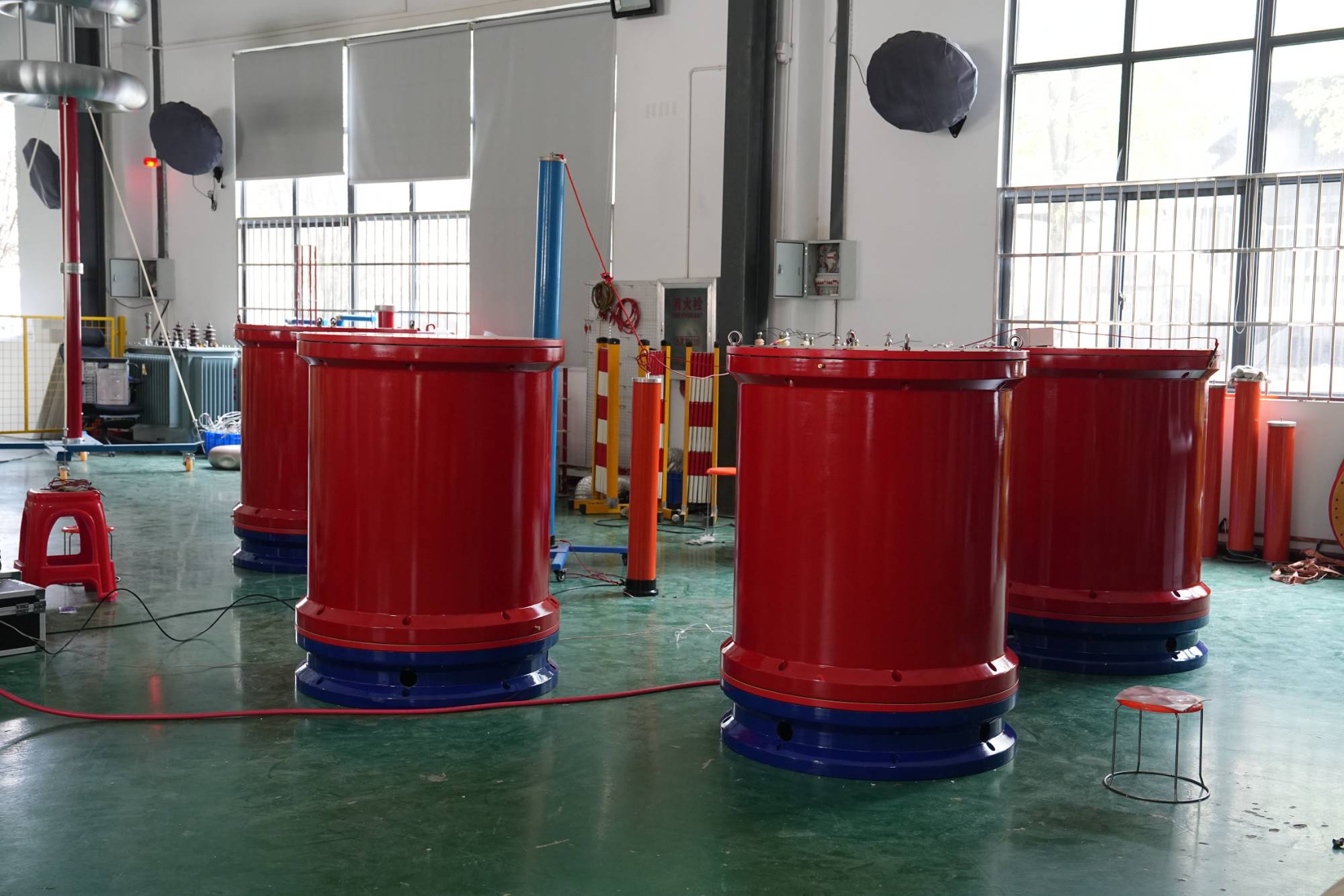
Resonance calculation formula
2025-12-26What is the formula for calculating series resonance? Wuhan UHV specializes in the production of series resonance, with a wide range of product selection and professional electrical testing. To find series resonance, choose Wuhan UHV. For ideal L and C components, when series resonance occurs, the voltage on the L and C components is equal in magnitude and opposite in direction, and the total voltage is equal to 0 (resonant impedance is zero). When parallel resonance occurs, the current in the L and C components is equal in magnitude and opposite in direction, and the total current is equal to 0 (the resonant impedance is infinite). Calculation formula for series resonanceWhen the series resonance occurs, the imaginary part of the impedance of the circuit is equal to 0, Z=R+jX, X=0, Z=R, so I=U/Z=U/R. 1. Resonance definition: The energy of components L and C in a circuit is equal. When energy is released by one of the reactive components in the circuit, and the other reactive component
더 -
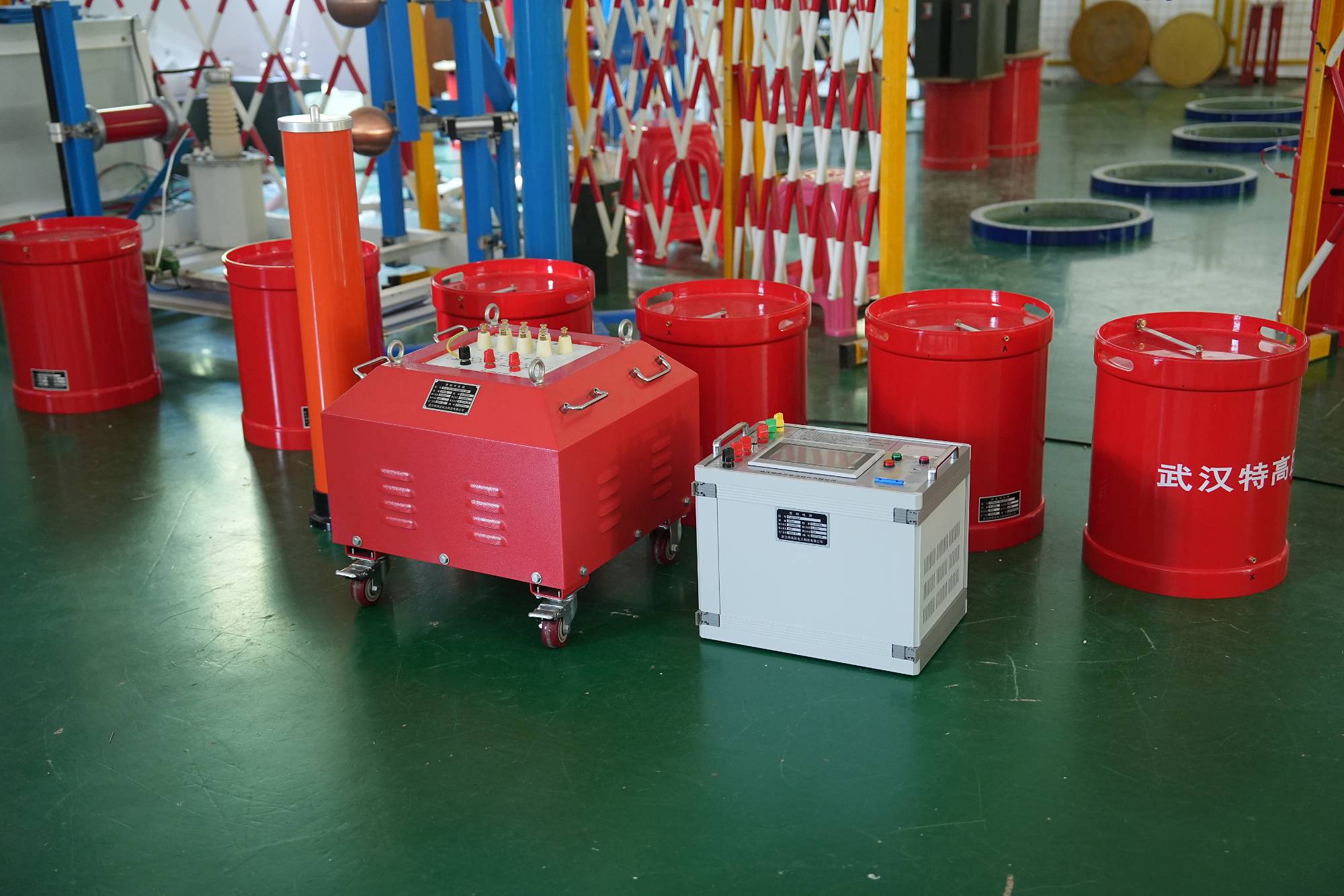
The role of series resonance
2025-12-26What is the function of series resonance? Wuhan UHV specializes in the production of series resonance, with a wide range of product selection and professional electrical testing. To find series resonance, choose Wuhan UHV. In a series circuit composed of resistors, inductors, and capacitors, when the capacitive reactance XC is equal to the inductive reactance XL, i.e. XC=XL, the phase of the voltage U and current I in the circuit are the same, and the circuit exhibits pure resistive behavior. This phenomenon is called series resonance. When a series resonance occurs in a circuit, the impedance of the circuit Z=√ R ^ 2+(XC-XL) ^ 2=R, the total impedance in the circuit is minimized, and the current will reach its maximum value. The role of series resonanceSeries resonance is generally composed of a variable frequency power supply, excitation transformer, reactor, and capacitive voltage divider. The capacitor and reactor of the test sample form a series resonant connection; The voltage di
더 -
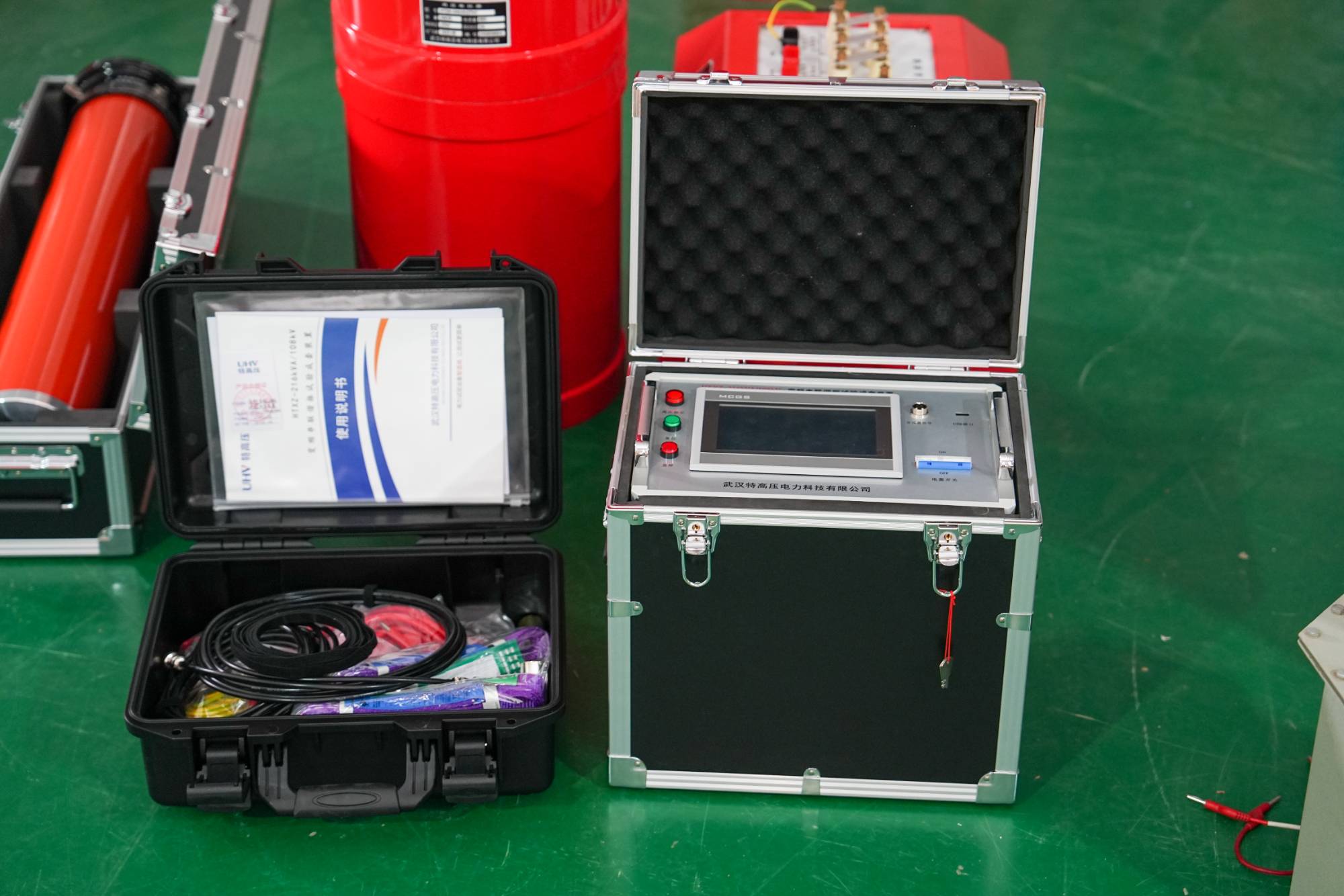
Characteristics of resonant circuit
2025-12-25What are the characteristics of resonant circuits? Wuhan UHV specializes in the production of series resonance, with a wide range of product selection and professional electrical testing. To find series resonance, choose Wuhan UHV. Resonance is a physical harmonic vibration, in which the acceleration of an object is proportional to the displacement away from the equilibrium position, and is always a vibration under the action of the restoring force pointing towards the equilibrium position. In an AC circuit with resistor R, inductor L, and capacitor C components, the voltage at both ends of the circuit is generally different in phase from the current in it. If the parameters or power frequency of circuit components (L or C) are adjusted, they can be made to have the same phase, and the entire circuit appears purely resistive. When a circuit reaches this state, it is called resonance. In the resonant state, the total impedance of the circuit reaches or approximates its maximum value. Ch
더 -
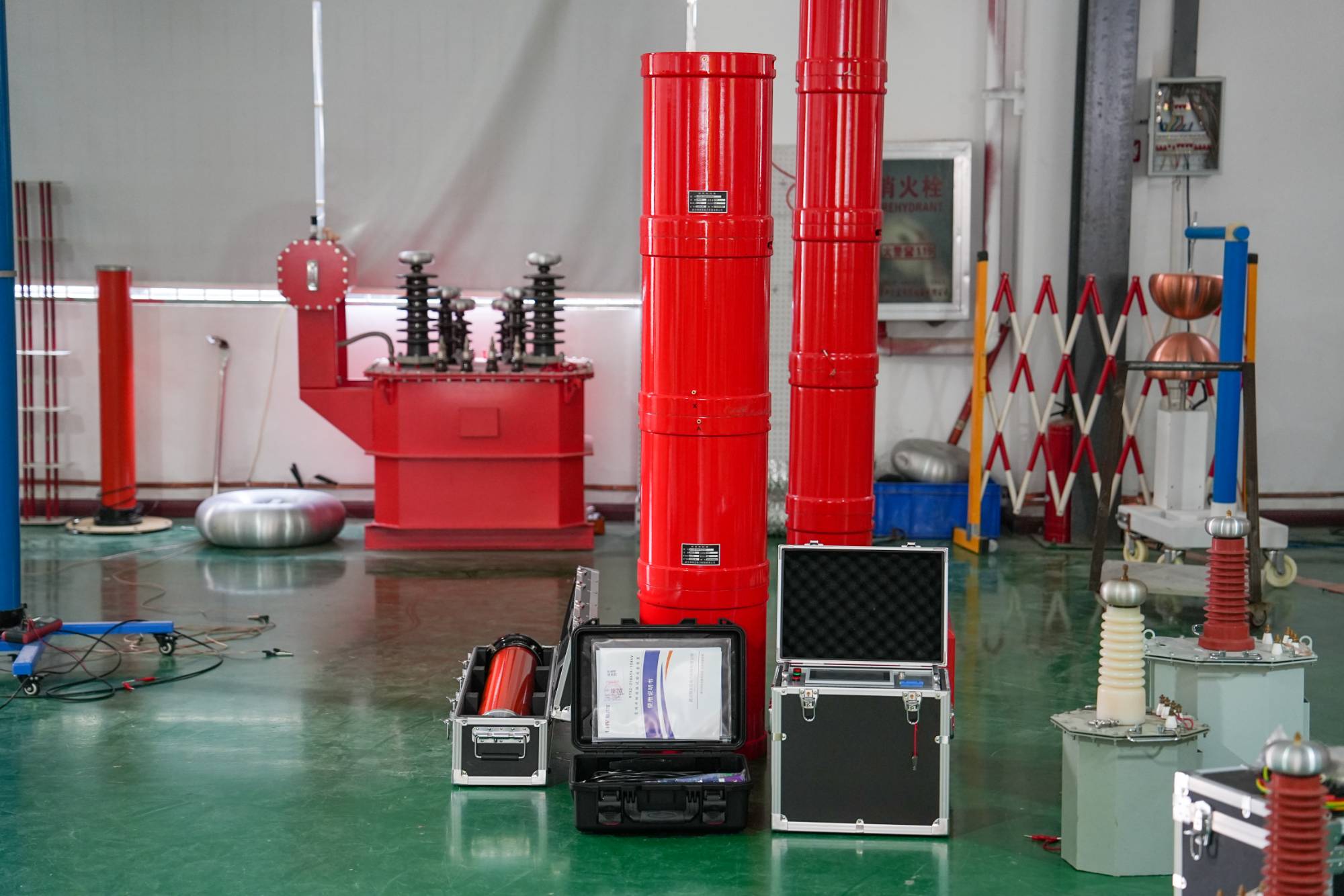
The principle of resonant circuit
2025-12-25The principle of resonant circuit? Wuhan UHV specializes in the production of series resonance, with a wide range of product selection and professional electrical testing. To find series resonance, choose Wuhan UHV. A resonant circuit is composed of an inductor, a capacitor, and a resistor. In an RLC series circuit, if a sine AC signal source with a constant output voltage amplitude and continuously adjustable output frequency f is connected, many parameters in the circuit will change with the frequency of the signal source. That is, the circuit impedance Z, the loop current I, and the phase difference between the current and the signal source voltage φ areZ=[R2+(ZL-ZC)2]1/2=[R2+(ωL-1/ωC)2]1/2 I=U/Z=U/[R2+(ωL-1/ωC)2]1/2 φ=arctan[(ωL-1/ωC)/r] In the above three equations, the angular frequency of the signal source is ω=2 π f, the capacitance impedance Zc=1/ω C, and the inductance ZL=ω L, and each parameter changes with the variation of ωWhen ω is very small, the total impedance of the
더 -
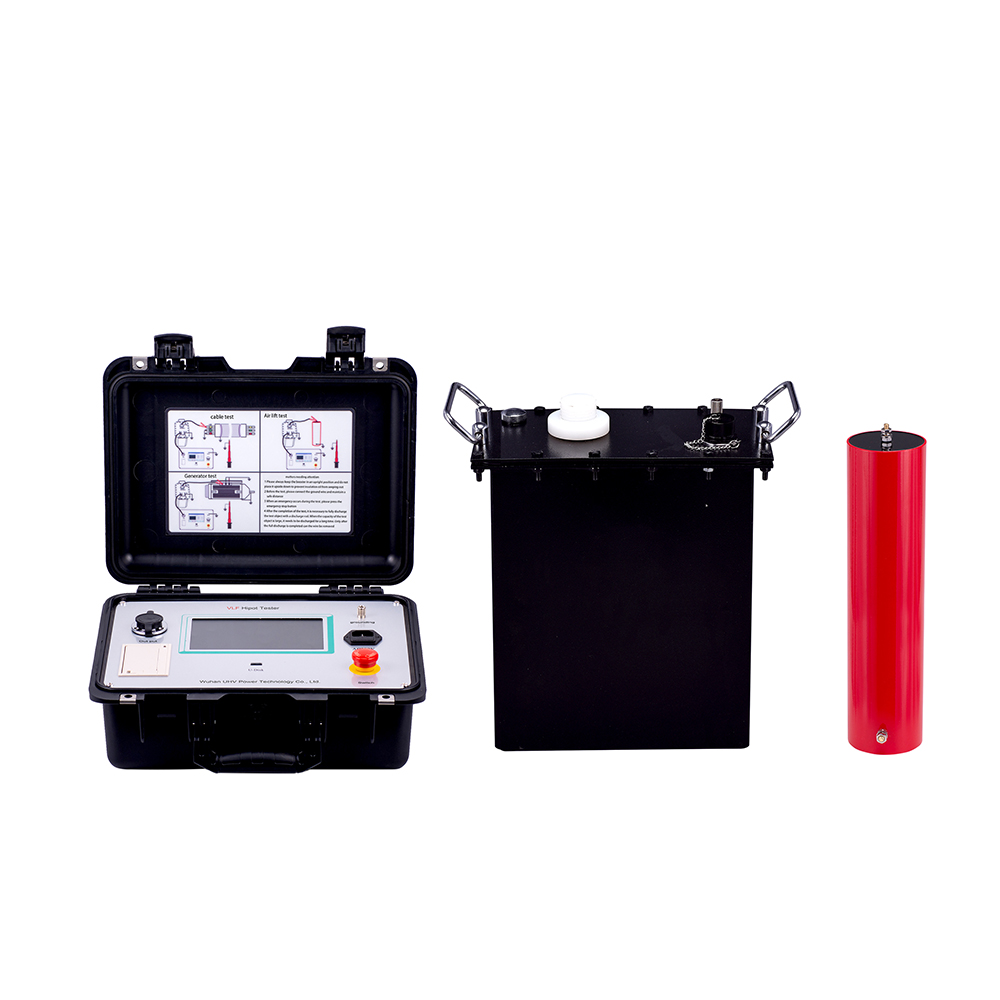
Unveiling the 'VLF generator': What you don't know!
2025-12-24Have you ever been curious about those seemingly mysterious "ultra-low frequency" technologies? What exactly are they? In which fields can one demonstrate their skills? Today, let's unveil the mysterious veil of VLF generators together.What is the VLF generator?Simply put, the VLF generator is a device that can generate extremely low-frequency electrical signals. The term 'ultra-low frequency' here usually refers to the range of frequencies between 0.1Hz and 10Hz. You may ask, what's the use of such a low frequency? Don't underestimate it, in many key areas, this is precisely the "frequency password" that plays a crucial role.What are the influencing factors?To ensure the stable and efficient operation of VLF generators, multiple factors need to be considered:Power stability: A stable input power supply is the foundation for ensuring the accuracy of output signals.Component quality: The performance of core electronic components directly determines the accuracy and l
더 -
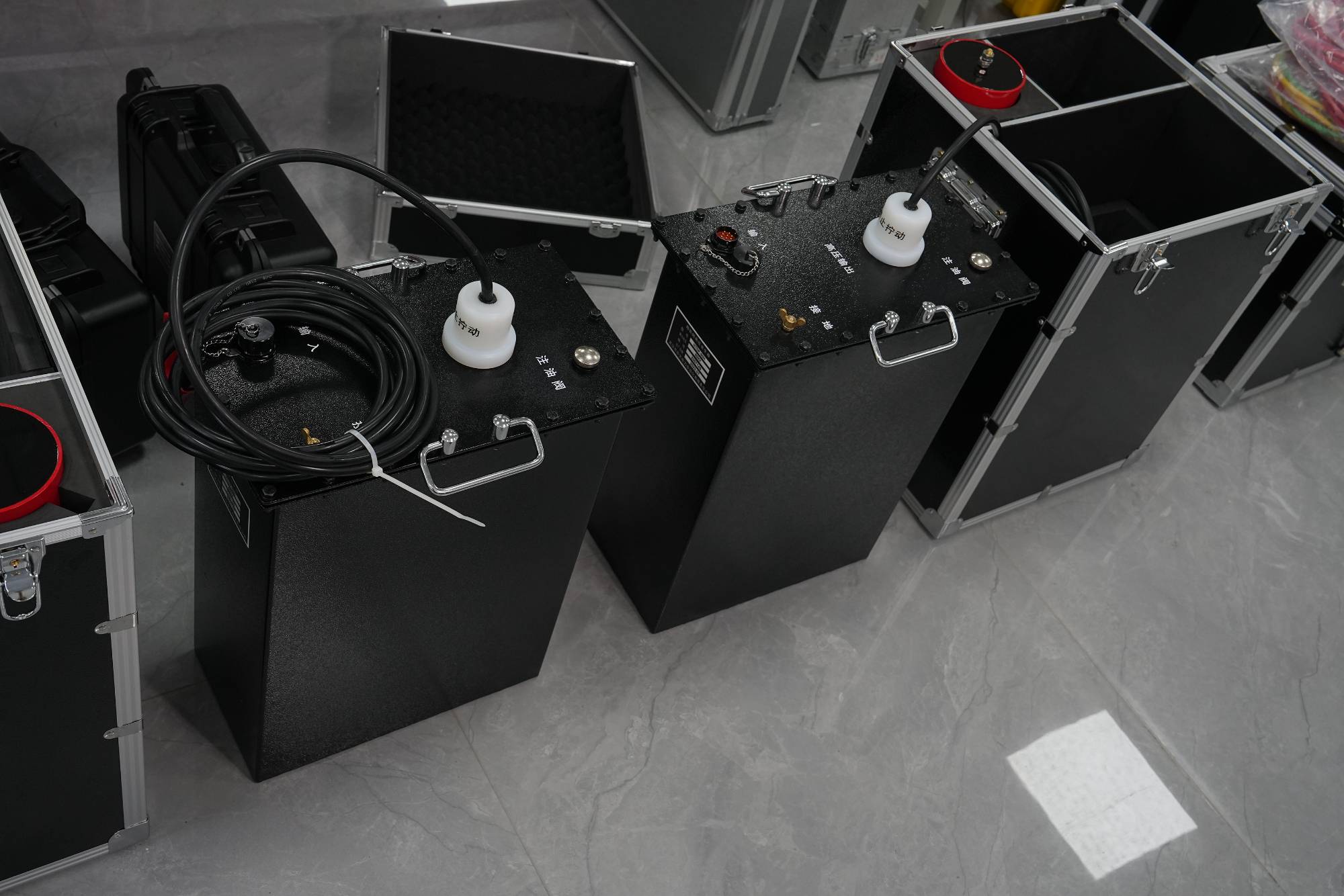
Unveiling the 'VLF withstand voltage test device': the secret weapon of power equipment 'health inspectors'!
2025-12-24Hey, colleagues in the power industry! Today, let's talk about a seemingly high-end but incredibly important device - the VLF withstand voltage test devices. You may ask, what is this thing for? Simply put, it is like a "health inspector" for power equipment before leaving the factory and during service, responsible for conducting a "withstand voltage" test on high-voltage equipment to see if they can withstand the "pressure".What is ultra-low frequency withstand voltage test?Let's first break down this name. The 'withstand voltage test' should be familiar to everyone, which is to apply high voltage to the equipment to see if it will 'electrocute'. What does' ultra-low frequency 'mean? The traditional power frequency (50Hz or 60Hz) withstand voltage test may cause excessive pressure and damage to some large, old, or aging insulation equipment (such as cables, transformers, etc.). And ultra-low frequency testing, as the name suggests, is to use a very low
더 -
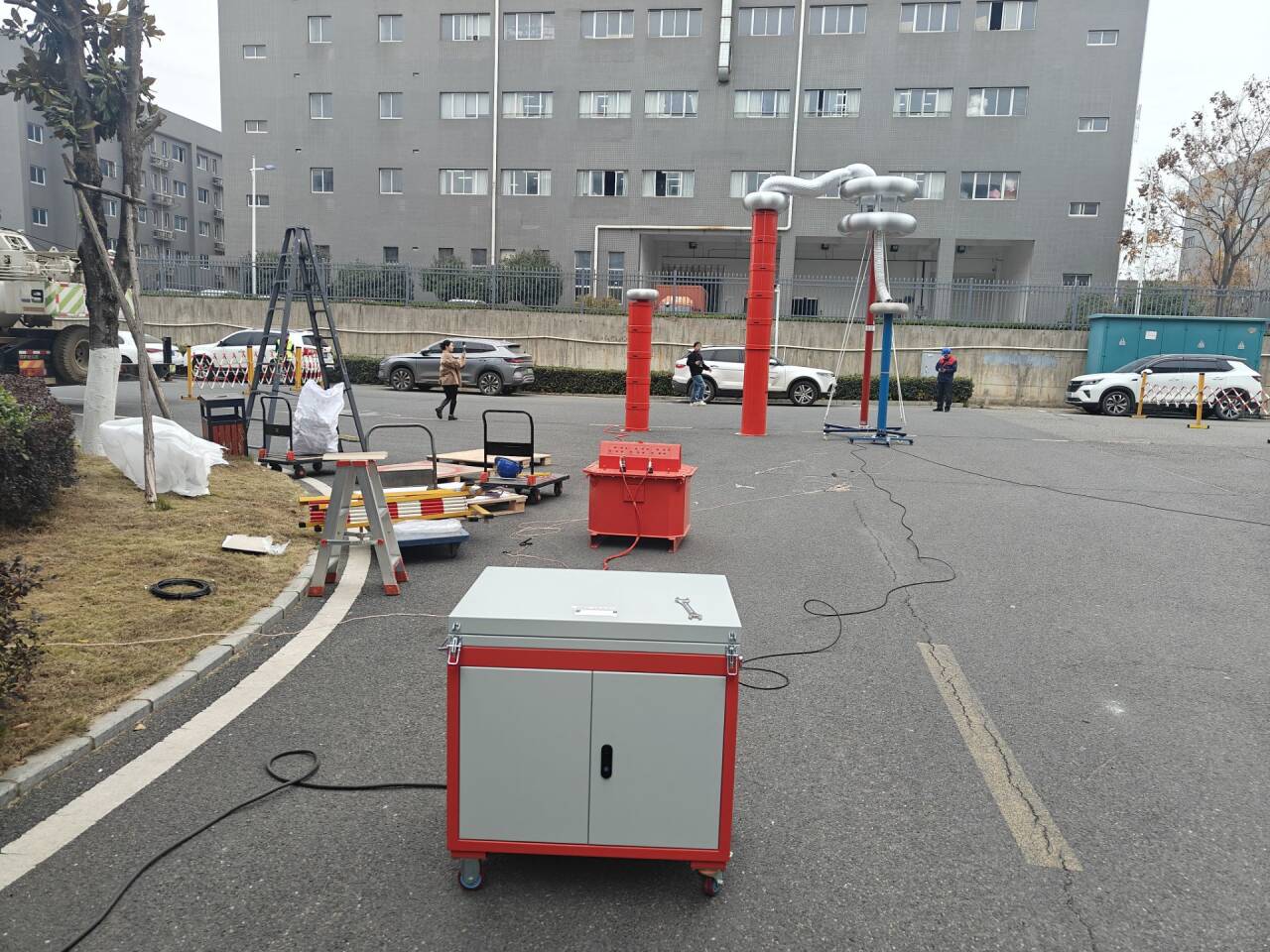
System ferromagnetic resonance
2025-12-23System ferromagnetic resonance? Wuhan UHV specializes in the production of series resonance, with a wide range of product selection and professional electrical testing. To find series resonance, choose Wuhan UHV. Ferroresonance is a resonance condition formed by iron core inductive components such as generators, transformers, voltage transformers, reactors, arc suppression coils, and system capacitive components such as transmission lines and capacitance compensators, which excite sustained ferromagnetic resonance and generate resonant overvoltage in the system. Resonant overvoltage accidents are the most frequent and can occur in power grids of various voltages, seriously affecting safe operation in the power grid. The main hazards of ferromagnetic resonance include system overvoltage, insulation breakdown, PT burnout, and lightning arrester explosion. The ferromagnetic resonance in the power system can be divided into two categories: one is the phenomenon of ferromagnetic resonance i
더 -
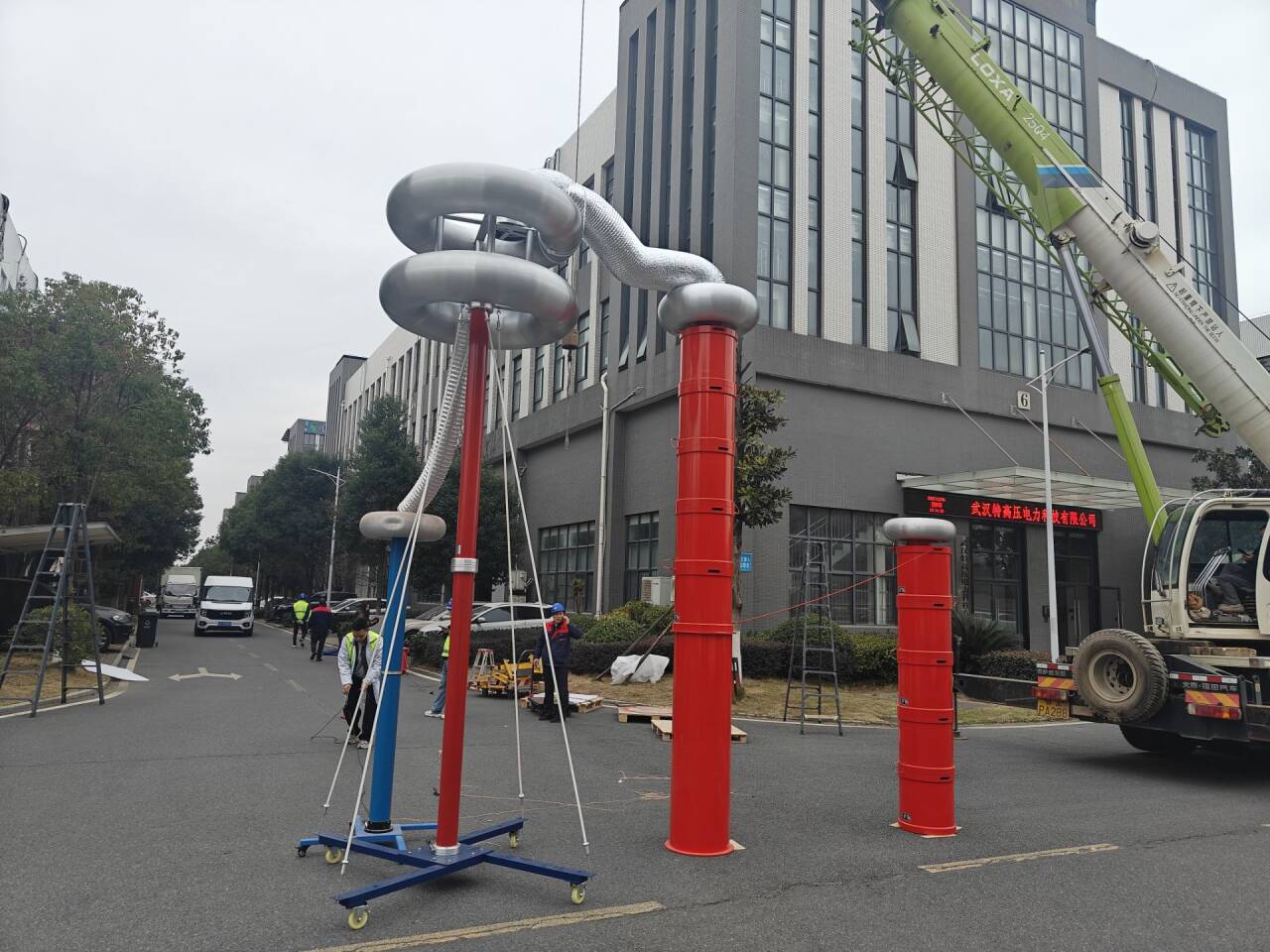
Resonant motion
2025-12-23Resonant motion? Wuhan UHV specializes in the production of series resonance, with a wide range of product selection and professional electrical testing. To find series resonance, choose Wuhan UHV. Resonance is a physical harmonic vibration, in which the acceleration of an object is proportional to the displacement from the equilibrium position and is always directed towards the equilibrium position by the restoring force. The dynamic equation is F=- kx. The phenomenon of resonance is that the current increases and the voltage decreases. The closer it is to the resonance center, the faster the ammeter, voltmeter, and power meter rotate, but the difference from short circuit is that there will be no zero sequence quantity. In physics, there is a concept called resonance: when the frequency of the driving force is equal to the natural frequency of the system, the amplitude of the forced vibration of the system is maximized, and this phenomenon is called resonance The resonance in a circu
더 -
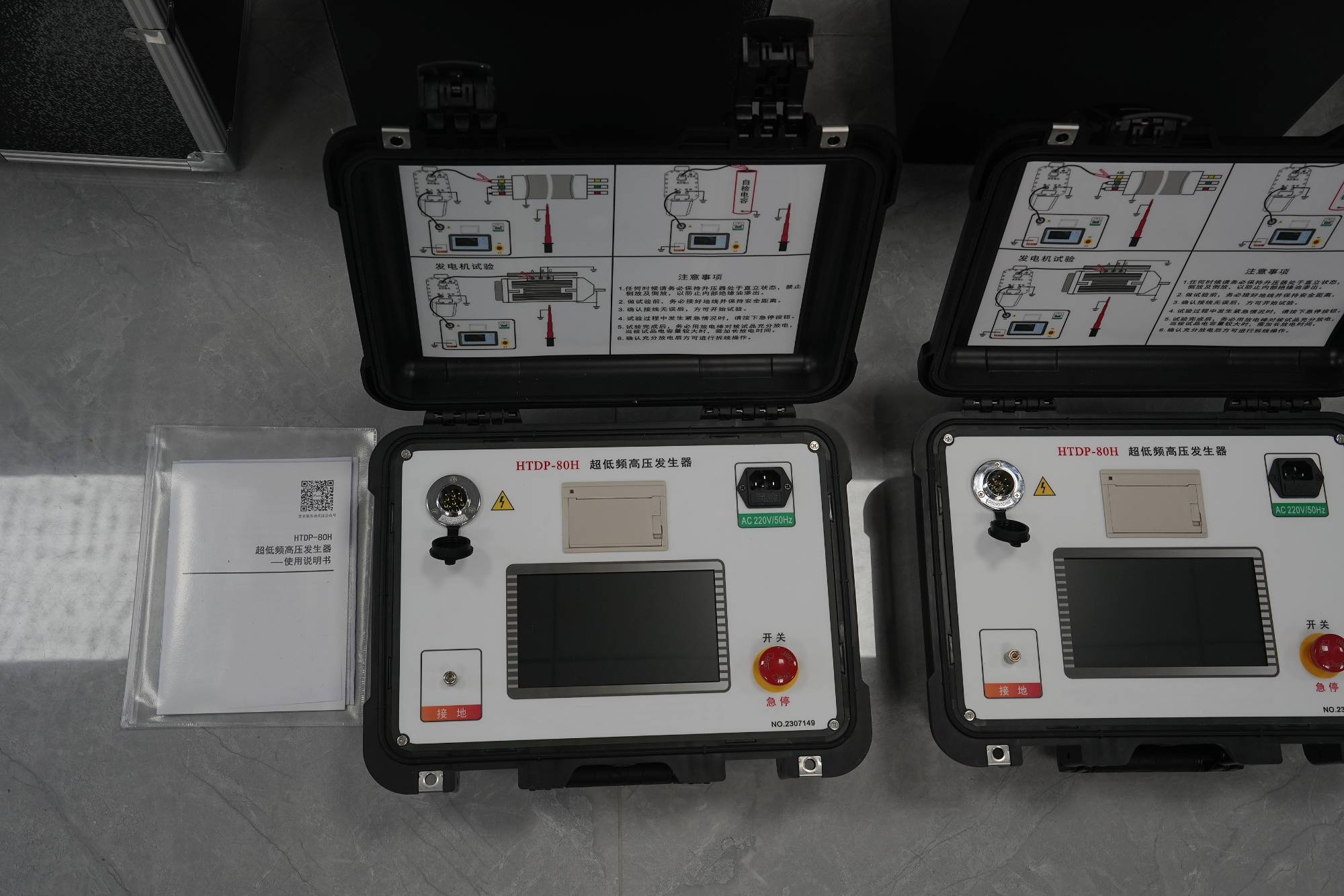
What are the precautions for VLF high-voltage generators during the testing process?
2025-12-22The VLF hipot tester under Wuhan UHV can help many power workers conduct various power tests more conveniently.The test results of VLF high-voltage generators are an important reference for determining whether cables can be put into operation, and are widely used in the power industry. This article will introduce the precautions for VLF high-voltage generators during the testing process.1. Rongsheng effectDue to the fact that the voltage withstand test process of cables is purely a capacitive load, when using an VLF high-voltage generator for voltage withstand test, the capacitive current generated in the test circuit will generate a certain amount of frequency impedance voltage drop on the winding of the voltage generator. This creates a capacitance rise effect when the actual voltage acting on the test cable is higher, and the longer the length and larger the capacity of the cable, the more obvious the capacitance rise effect. Therefore, when conducting voltage withstand test, it i
더 -
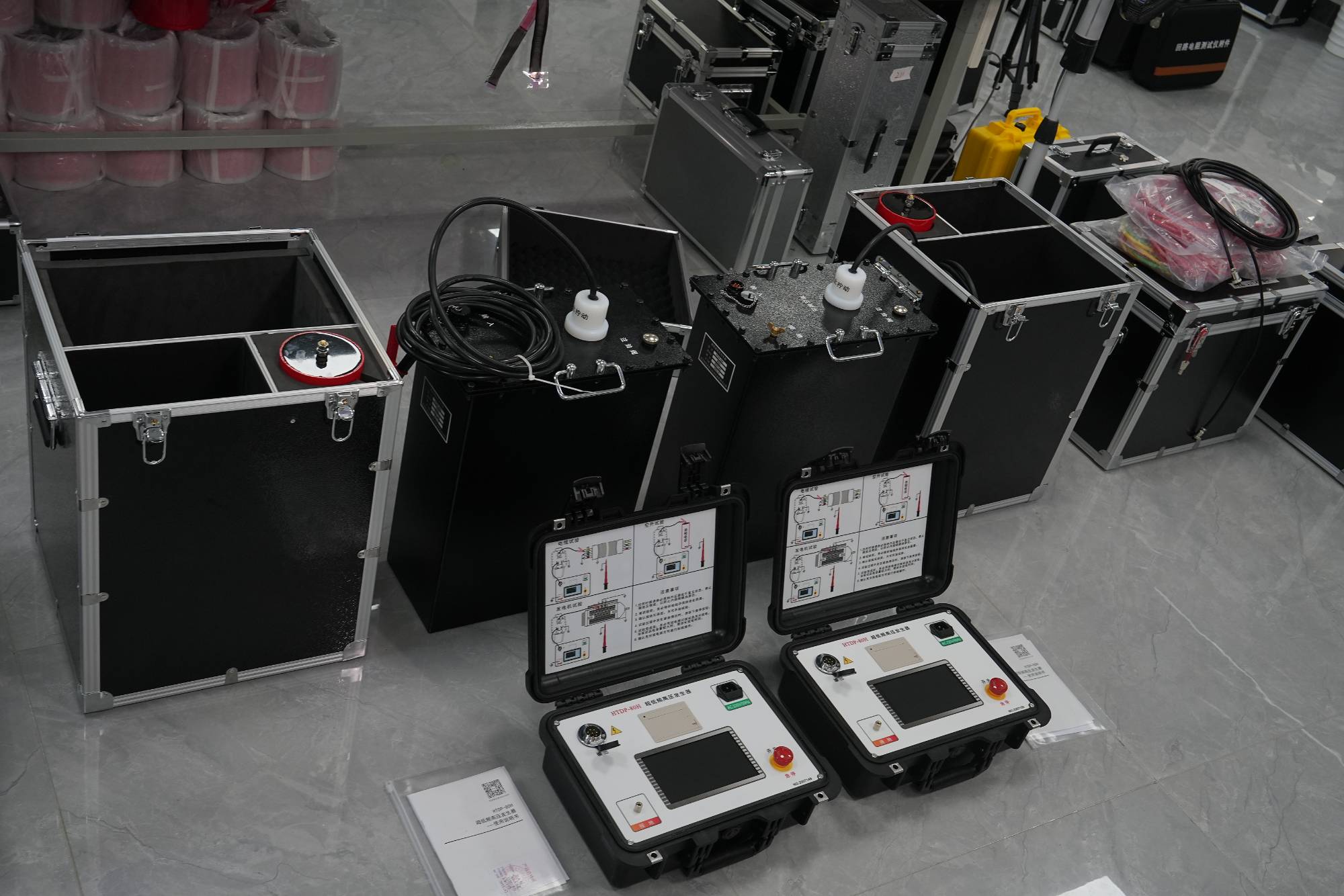
Method for determining whether the output waveform of the VLF high-voltage generator is normal
2025-12-22The VLF hipot tester under Wuhan UHV can help many power workers conduct various power tests more conveniently.1. Use an oscilloscope for observationa. Connect oscilloscope: Connect the probe of the oscilloscope to the output terminal of the VLF high-voltage generator. During the connection process, it is necessary to ensure that the probe has sufficient voltage resistance and is firmly connected to prevent signal interference or safety accidents.b. Set oscilloscope parameters: Based on the output frequency and voltage range of the VLF high voltage generator, set the oscilloscope's time axis (time base) and voltage axis (vertical sensitivity). For example, if the output frequency is 0.1Hz, the time base can be set to display enough points per cycle for easy observation of waveform details, such as around 10s/div; For the voltage axis, set it reasonably according to the expected output voltage amplitude to ensure that the waveform can be displayed completely on the oscilloscope scre
더 -
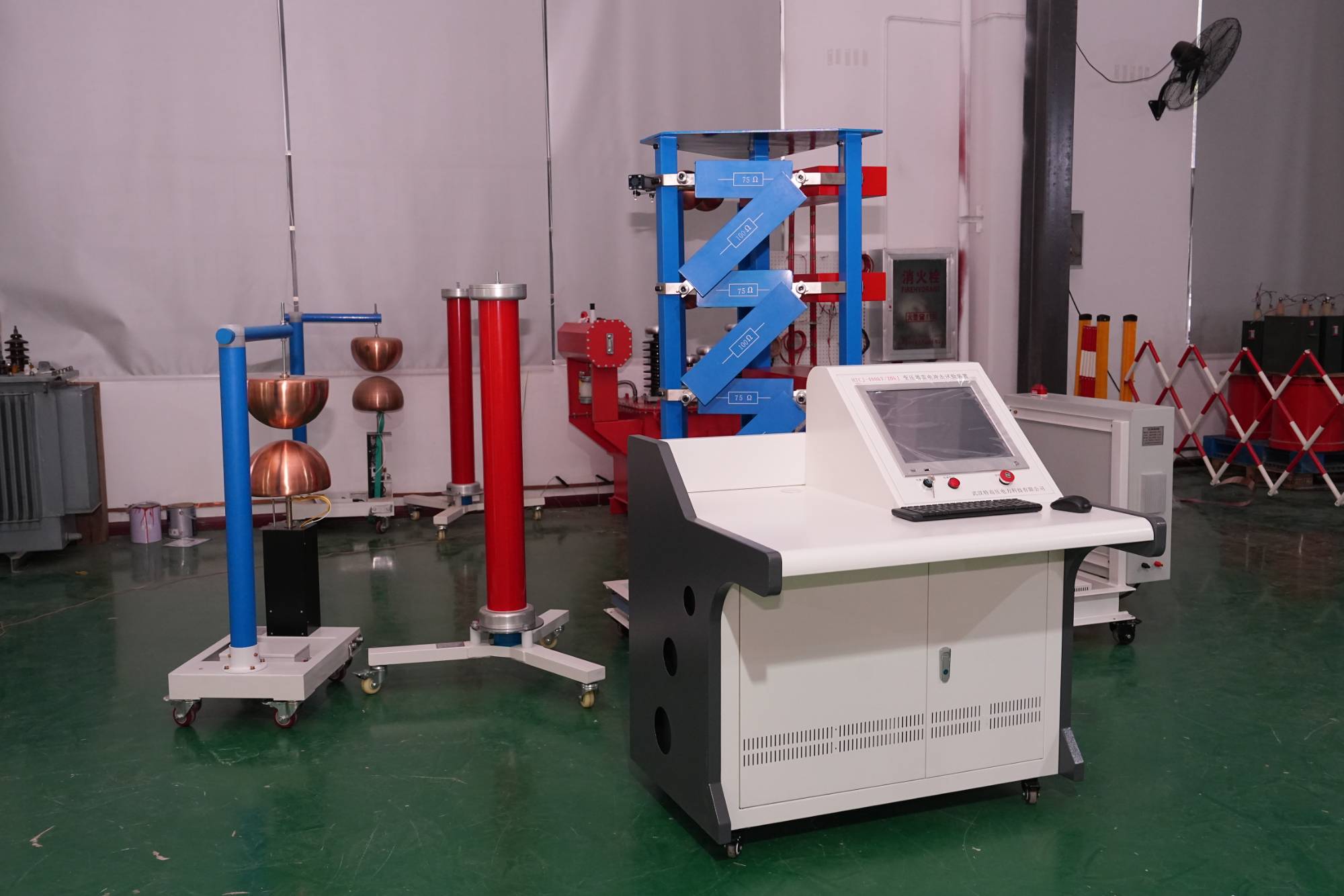
Imported manufacturer of voltage generator test device
2025-12-19The lightning impulse voltage generator test device under Wuhan UHV can help many power workers conduct various power tests more conveniently.In the field of high-voltage electrical testing and insulation performance research, the voltage generator test device is a key equipment for simulating various overvoltage conditions to test the performance of electrical equipment. With the continuous improvement of the manufacturing level and operational reliability requirements of power system equipment, voltage generator testing has become an important part of the research and type testing of electrical equipment such as transformers, insulators, and lightning arresters. Choosing a voltage generator test device with reliable performance and precise testing is of great significance for ensuring the accuracy of test data and the safety of equipment. Among numerous professional equipment manufacturers, Wuhan UHV has become a trusted high-quality supplier in this field due to its profound technic
더 -
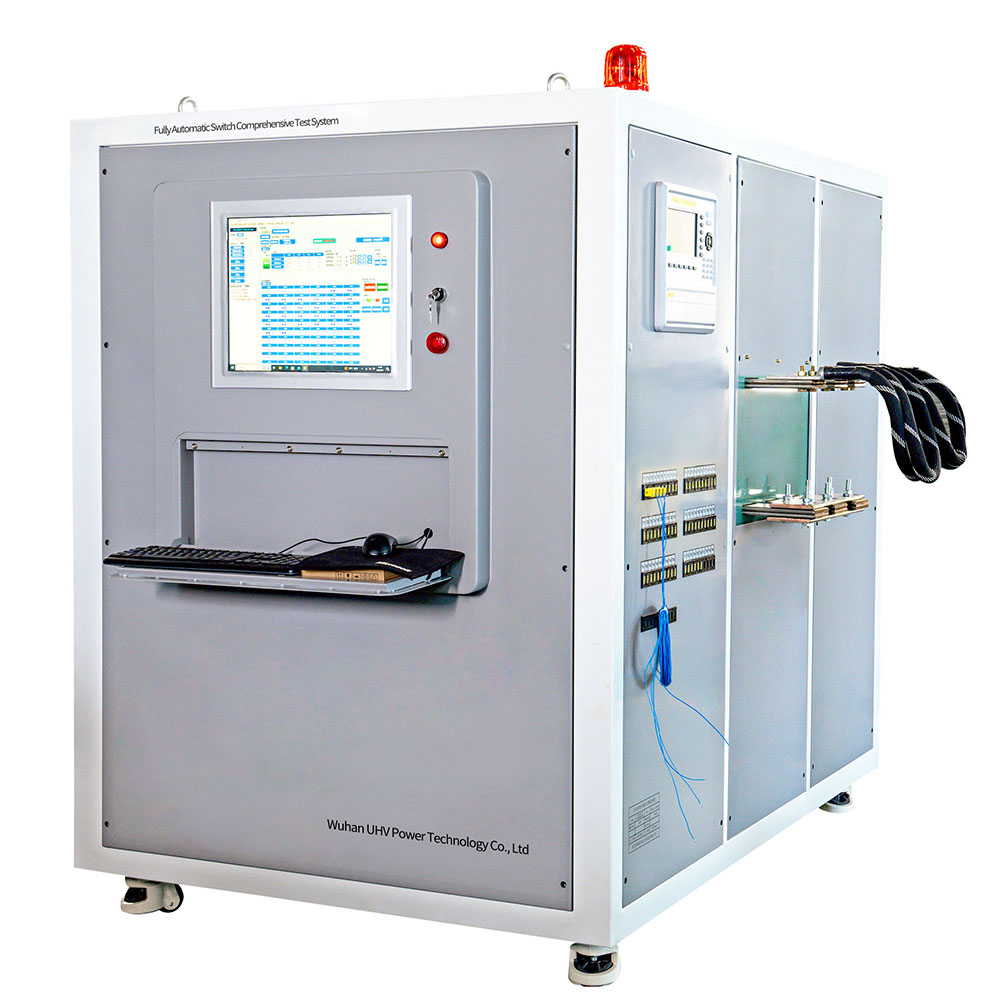
Procurement of Transformer Temperature Rise Test Equipment
2025-12-19The fully automatic temperature rise test device under Wuhan UHV can help many power workers conduct various power tests more conveniently.In the field of power equipment testing and experimentation, transformer temperature rise testing equipment is a key device for evaluating transformer load capacity and thermal stability. With the continuous improvement of reliability requirements for power system operation, temperature rise testing has become an important part of transformer factory testing, handover testing, and preventive testing. Choosing reliable and precise temperature rise testing equipment is of great significance for ensuring the safe operation of transformers and extending equipment life. Among numerous professional equipment manufacturers, Wuhan UHV has become a trusted high-quality supplier in this field due to its profound technical accumulation and rich industry experience.The technical performance of transformer temperature rise test equipment is an important standard
더 -
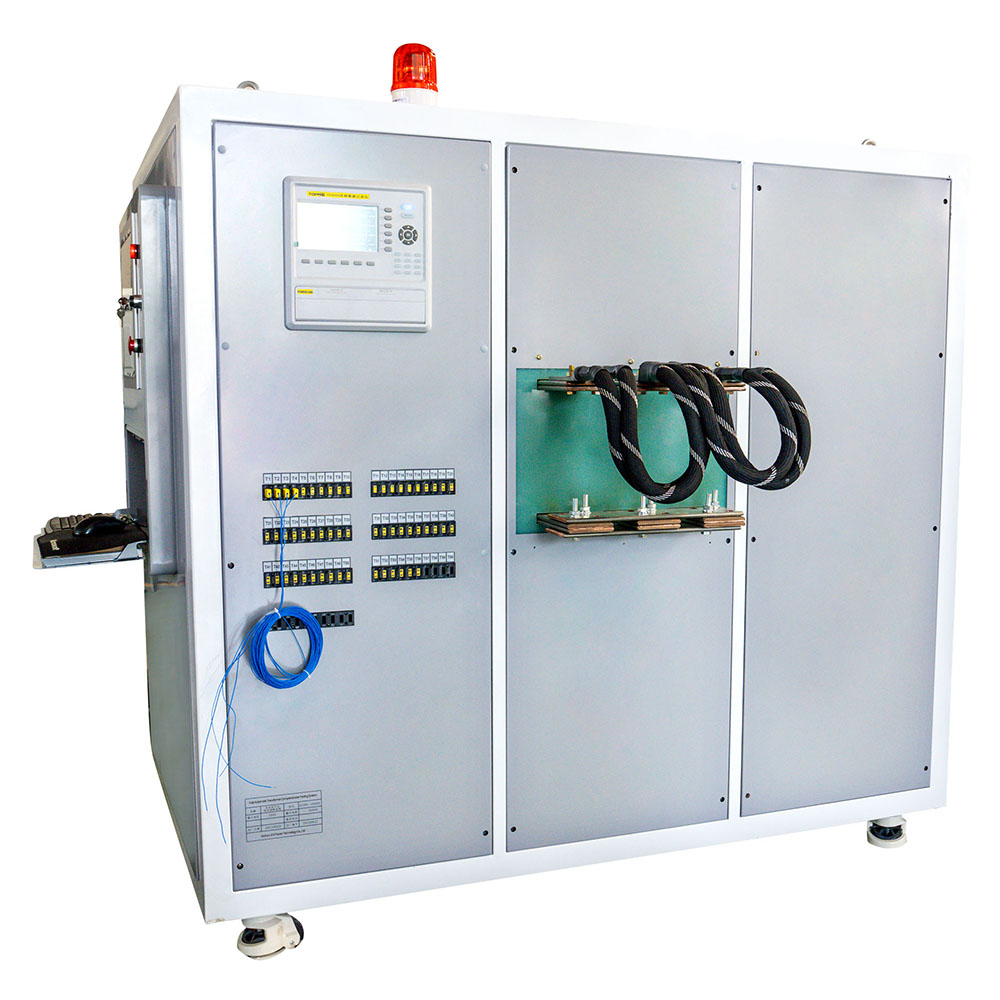
Price of circuit breaker temperature rise test equipment
2025-12-18The fully automatic temperature rise test device under Wuhan UHV can help many power workers conduct various power tests more conveniently.The core configuration of the circuit breaker temperature rise test equipment directly affects its value positioning, which is the foundation of Wuhan's UHV pricing system. The current output capability of the equipment is one of the core parameters. For different specifications of circuit breakers (such as 100A, 630A, 2500A, 4000A), Wuhan UHV provides equipment with different current levels, ranging from several hundred amperes to tens of thousands of amperes. The wider the current output range and the higher the continuous output stability, the higher the corresponding configuration cost; The accuracy and number of channels of the temperature acquisition module also affect pricing. The high-precision (± 0.1 ℃) and multi-channel (16/32 channels) temperature acquisition scheme can simultaneously monitor the temperature rise of multiple parts suc
더 -
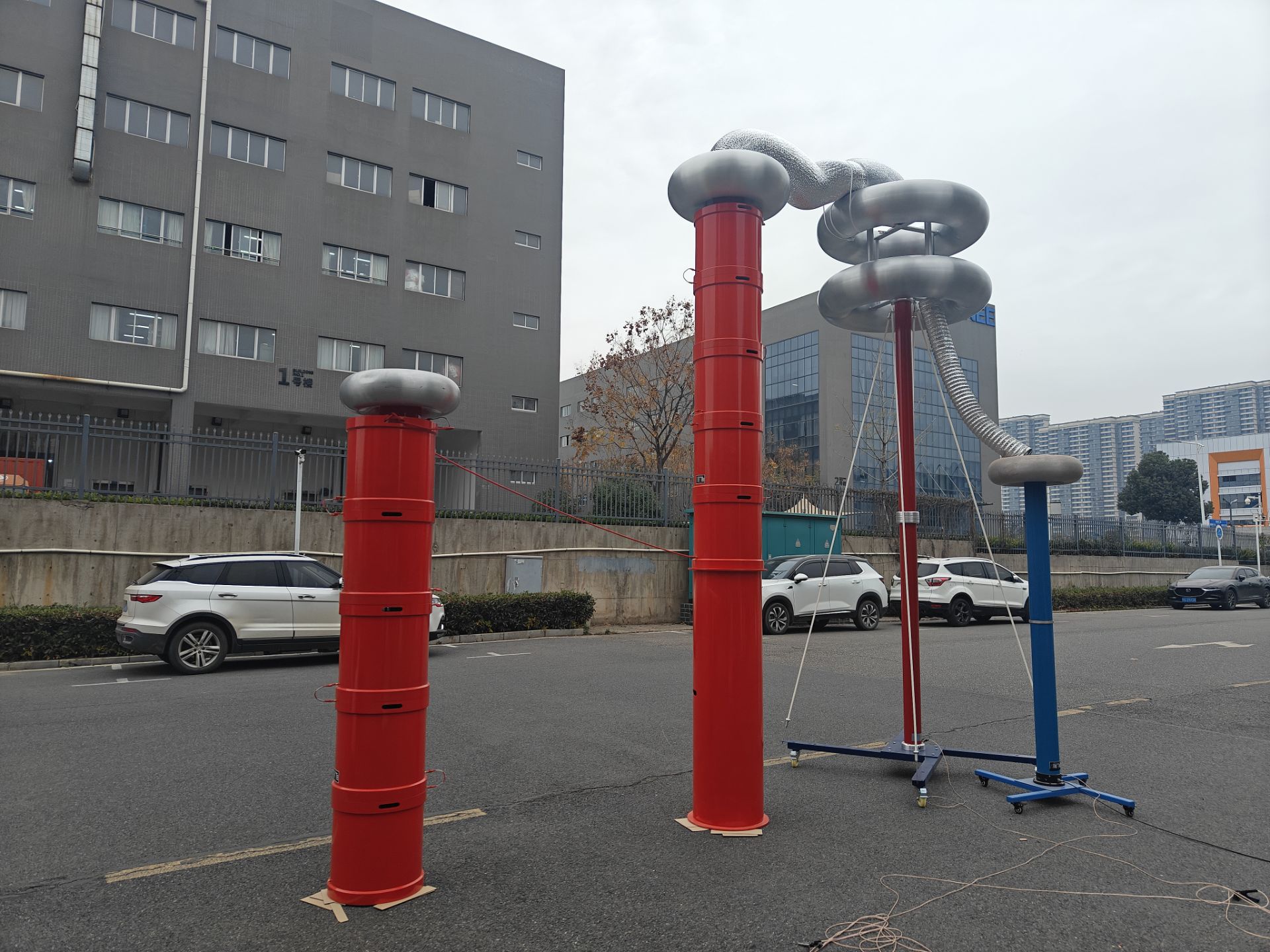
How much does the variable frequency series resonant voltage withstand device cost
2025-12-18The series resonance under Wuhan UHV can help many power workers conduct various power tests more conveniently.In the field of power detection, the variable frequency series resonant withstand voltage device is one of the key equipment to ensure the safe operation of power equipment. The device produced by Wuhan UHV has become a leader in the market with its excellent performance and quality.The variable frequency series resonant withstand voltage device of Wuhan UHV adopts advanced technical principles. It mainly consists of a variable frequency control power supply, an excitation transformer, a reactor, a capacitive voltage divider, and other components. By adjusting the output frequency of the variable frequency power supply, resonance occurs between the reactor and the capacitor of the test object in the circuit, thereby generating high voltage on the test object to meet the AC withstand voltage test requirements of various power equipment.From a performance perspective, the Wuhan
더



